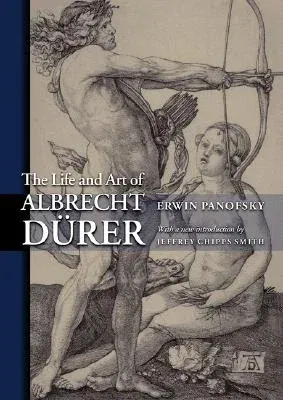This classic text presents the life, times, and works of Albrecht Dürer.
Through the skill and immense knowledge of Erwin Panofsky, the reader is
dazzled not only by Dürer the artist but also Dürer in a wide array of
other roles, including mathematician and scientific thinker. Originally
published in 1943 in two volumes, The Life and Art of Albrecht Dürer
met with such wide popular and scholarly acclaim that it led to three
editions and then, in 1955, to the first one-volume edition. Without
sacrifice of text or illustrations, the book was reduced to this single
volume by the omission of the Handlist and Concordance. The new
introduction by Jeffrey Chipps Smith reflects upon Panofsky the man, the
tumultuous circumstances surrounding the creation of his masterful
monograph, its innovative contents, and its early critical reception.
Erwin Panofsky was one of the most important art historians of the
twentieth century. Panofsky taught for many years at Hamburg University
but was forced by the Nazis to leave Germany. He joined the faculty at
the Institute for Advanced Study in 1935, where he spent the remainder
of his career and wrote The Life and Art of Albrecht Dürer. He
developed an iconographic approach to art and interpreted works through
an analysis of symbolism, history, and social factors.
This book, one of his most important, is a comprehensive study of
painter and printmaker Albrecht Dürer (1471-1528), the greatest exponent
of northern European Renaissance art. Although an important painter,
Dürer was most renowned for his graphic works. Artists across Europe
admired and copied his innovative and powerful prints, ranging from
religious and mythological scenes to maps and exotic animals. The book
covers Dürer's entire career in exacting detail. With multiple indexes
and more than three hundred illustrations, it has served as an
indispensable reference, remaining crucial to an understanding of the
work of the great artist and printmaker. Subsequent Dürer studies have
necessarily made reference to Panofsky's masterpiece. Panofsky's work
continues to be admired for the author's immense erudition, subtlety of
appreciation, technical knowledge, and profound analyses.

